As a copywriter, you’ve chosen quite an old profession. Evidence shows that the art of copywriting began as far back as 3000 BC. Let’s delve back into the history of copywriting:-
3000 BC: The Egyptian Papyrus of Slave Shem
A piece of papyrus was discovered, dating back to the year 3000 BC. This is widely recognised as the oldest evidence of copywriting.
Habu, a fabric vendor from Thebes in Egypt, was looking for his runaway slave, Shem. Using papyrus he issued an appeal for the return of Shem, with a princely reward of one piece of gold to be given to the finder. Advertising, yes, but copywriting? Perhaps not yet.
Habu went a step further though. Despite his perils of losing his slave, Habu still had the time and nous to mention that his shop was “where the most beautiful fabrics are woven for each person’s taste.” Copywriting at its best, slipped in as an “afterthought”?
History shows that Shem never returned, but that Habu’s business improved through his copywriting efforts.
1200 BC: The Mesopotamian Tablet of Tapputi-Belatekallim
The discovery of a Mesopotamian tablet shows more evidence of early copywriting. The Cuneiform script tells of Tapputi and ‘Ninu‘, who were Mesopotamian perfume-makers.
Along with it’s obvious use, perfume was also used as a religious offering in ancient Mesopotamia, and was not easy to make. The tablet describes Tapputi and Ninu using oil, balsam, flowers, myrrh, calamus and cyperus to make a range of perfumes. It also describes Tapputi using a still – the first recorded evidence of this in history. Secondary sources describe Tapputi‘s expertise in other areas – distillation, cold enfleurage, tincture, and scent extraction – and her techniques for using solvents, including distilled water and grain alcohol, to improve the duration and effect of her scents.
The tablet affords Tapputi the title of ‘Belatekallim‘, meaning ‘overseer’. This indicates that she and Ninu oversaw the royal household at the time, and were held in very high regard. The tablet is seen as a form of copywriting and advertising designed to display her esteem and talents and, hence, to advertise her skills in order to secure further business.
960-1276: Jinan Liu’s Fine Needle Shop Branding
During the Song Dynasty in China, advertising handbills were first released. One of the most notable and recognisable of these is for Jinan Liu’s Fine Needle Shop. It contains a trademark – a white rabbit holding a needle – and the copy “We buy high quality steel rods and make fine quality needles, to be ready for use at home in no time.”.
Besides on the handbills, it is believed that the trademark and copy was also were emblazoned on a brass plate to market Jinan Liu‘s shop. This is widely recognised as history’s first instance of branding.
1436: Johannes Gutenberg Develops the Printing Press
It took four years for Johannes Gutenberg to develop the printing press, and a further eight to set up his printing shop in Mainz, Germany. In 1455, he finished printing between 160 and 185 42-line bibles, aptly named the Gutenberg Bible.
In the very same year, Gutenberg went bankrupt after Johann Faust, his investor, foreclosed on the mortgage needed to build the printing press. Faust took ownership of the press and the bibles and, in an attempt to keep the printing press a secret, began selling the bibles in Paris under the guise that they were handwritten. It was soon noticed that the bibles were all remarkably similar and Faust was arrested and charged with witchcraft. He has to admit to the existence of the printing press in order to avoid prosecution.
The invention of the printing press is at the forefront of the upsurge in advertising and copywriting during the late 15th century. Faust and his son-in-law, Peter Schöffer, developed the first colour prints in 1457 with ‘Mainz Psalter’, a book containing psalms.
1702: The Daily Courant is Published
In Britain, weekly newspapers were first published in the 1620s, and the first daily newspaper, The Daily Courant, began publication in 1702. Almost immediately, newspapers began advertising to offset printing and distribution costs. The earliest commercial advertisements were for books and medicines, but the array products advertised increased rapidly. With this increase, the demand for copywriters grew substantially.
1880: John Emory Powers Joins Wanamaker’s
John Emory Powers is renowned as one of the trailblazers of modern copywriting. A pivotal moment in the history of copywriting is when he joined Wanamaker’s (then Grand Depot) to become the world’s first full-time copywriter. He wrote six adverts a week for them during a nine month period, experimenting with writing styles before settling on a style featuring colloquial English and short sentences. Powers didn’t get along with others, being described by John Wanamaker as “the most impudent man” he had ever known.
John Emory Powers insisted on being candid with his copy. It was straightforward, brash and bordering on rude. He is notable in that he became recognisable in print, and is credited with perhaps the first copywriting formula – the “Powers Style” – limiting his headlines to a few words, with no illustrations and totally devoid of emotional words or vague notions. Wanamaker’s revenues doubled from $4 million to $8 million during Powers‘ tenure with the company.
Leaving Wanamaker’s in 1886, Powers began freelancing. He did work for Beecham’s Pills, Scott’s Emulsion and Murphy Varnish, among others. By the end of the century he was earning today’s equivalent of $750,000 per annum. John Emory Powers had a strong standing in the advertising industry and was a major influence on the next generation of copywriters.
1929: Claude C. Hopkins Starts a Habit
Brushing teeth was not a standard practice for Americans in the early 20th century. In fact, the U.S. Army proclaimed poor dental hygiene as a security risk while drafting men for World War I. Enter Pepsodent and Claude C. Hopkins.
Hopkins, author of the renowned 1923 book “Scientific Advertising” and a esteemed copywriter, was tasked by the toothpaste company, Pepsodent, to market their product. What happened next would make history and create a habit which is still evident worldwide today.
Hopkins researched dental hygiene and concluded that ‘FILM’ was responsible for the degradation of people’s teeth: “FILM, a dangerous coating that robs teeth of their whiteness.” He equated the removal of this ‘FILM’ using toothpaste with feeling clean and looking good: “a way to remove it that quickly restores brilliance.” He appealed to people’s vanity with his copy: “Note how many pretty teeth are seen everywhere. Millions are using a new method of teeth cleansing. Why would any woman have dingy film on her teeth? Pepsodent removes the film.”
Initially Claude C. Hopkins didn’t try to sell the product, instead offering a 10-day trial. Pepsodent fast became the best selling toothpaste in America, keeping the top spot for over 3 decades.
1930-1954: Tobacco Companies Hire Doctors and Dentists
Beginning in 1930, and throughout the 1940s and into the early 1950s, tobacco companies hired health professionals to endorse their products, hence persuading the public that smoking was fine for their health. Slogans included “More Doctors Smoke Camels than Any Other Cigarette“, “20,679 Physicians Say Luckies are Less Irritating” and “As Your Dentist I Would Recommend Viceroys“.
Lord & Thomas, the ad agency representing American Tobacco’s brand ‘Lucky Strike‘, was the first to use physicians in its advertising. The William Esty Co., representing R.J. Reynolds Tobacco Company‘s brand ‘Camel‘, formed a Medical Relations Division and advertised it in medical journals. R.J. Reynolds began to pay for research and then citing it in its ads. In 1946, R.J. Reynolds launched an ad campaign with the slogan, “More Doctors Smoke Camels Than Any Other Cigarette.” They’d solicited this “finding” by giving doctors free cartons of Camels, and then asking what brand they preferred smoking.
In 1954, after being presented with mounting good evidence that showed that smoking caused lung cancer, cigarette companies released “A Frank Statement to Cigarette Smokers” arguing that research into the link between smoking and cancer was alarming but tenuous. Almost immediately thereafter, health professionals disappeared from cigarette adverts. It seems that good copywriting is effective… but not always healthy!
1959: BBD and Volkswagen Change Copywriting and Advertising
At the end of the 1950’s, America was in love with large, locally-produced and stylish cars. BBD, and specifically Bill Bernbach, had to change this. BBD had been approached by their client to promote a tiny, unseemly-looking foreign car to the American public. Adding to this, Adolf Hitler had played a role in the design of the ‘Volkswagen‘. Even the name was unappealing!
Carl Hahn, the client, had visited many agencies but was left unimpressed by their desire to make the Volkswagen as American as possible with their copy suggestions. Finally he found BBD and was immediately impressed by Bill Bernbach‘s honest portfolio. Hahn and the BBD team travelled to Germany where Bernbach was enamoured with the workers pride in their product and with the vehicle itself. He remarked to his art director, Helmut Krone, that the Volkswagen was “an honest car”.
Bill Bernbach paired Krone and a copywriter, Julian Koenig, together. Koenig came up with a catchphrase, “Maybe We Got So Big Because We Thought Small?“, which was refined to “Think Small” after a suggestion by the client’s advertising manager, Helmut Schmitz. Helmut Krone wasn’t happy with the concept, but after intervention by Bernbach, came up with the final layout. Something brand new to the advertising world had been born – an advert that used psychology as a foundation; that has since been recognised by Advertising Age as the “Greatest Ad of All Time“.
1960s: Coca-Cola and McCann Erickson Usher in the Refreshing 60’s
Coca-Cola have been producing adverts since the late-1800s but it was during the 1960s that the company, with assistance from ad agency, McCann Erickson, really captured the essence of change that was synonymous with the times. The 60s redefined the world in general, from music to film and from culture to politics. There was a sense of change everywhere at a time when war and the need for civil rights change had sparked protest and created a time of popular revolution, liberty and freedom.
McCann Erickson grasped this feeling with their Coca-Cola ads. They created adverts depicting freedom and a care-free attitude, using emotional copy to refresh the product. In 1963 they devised the slogan “Things Go Better with Coke“, featuring a succession of top musical artists performing in TV adverts for the brand. In written copy they pushed fun times, and how cold, refreshing and crisp Coke was and aligned their adverts to speak to the subculture, support causes and create a mood of freedom, peace and liberty. Coca-Cola created an emotional hook which increased awareness and drove sales.
1980s: The Acquisition Age Begins
The advent of the 1980s saw a number of changes in the advertising world. Affluent multinationals began buying out their competition and, by the time the decade ended, only four of the top fifteen U.S. agencies from the beginning of the decade remained with their ownership intact. Some reasons for this include improvements in communication and transportation, with the introduction of the internet in 1983 and the recession of the late 80s playing vital roles.
1994: Digital Advertising Arrives
On 27 October 1994, the internet’s first banner ad appeared on HotWired.com, the website for Wired Magazine. This event changed copywriting and advertising forever.
The advert, sponsored by AT&T to promote a number of museums, was the brainchild of Rick Boyce, the associate media director at Hal Riney & Partners, and Ken McCarthy, an internet commercialisation pioneer.
Dana Lyon, Wired’s associate publisher, asked Boyce to become HotWired’s ad director and the idea was implemented. Later Rick Boyce commented “There was no place to advertise on the internet before HotWired. The fact that we weren’t repurposing Wired magazine online was a big deal. And the notion that we could support this thing with advertising was a unique concept.“

2000-Present: Copywriting For the New Millennium
The role and art of copywriting has shifted substantially since that first example from just over 5000 years ago. The advent of printing, newspapers, radio, television and now, the internet, has caused the role of the copywriter to be more pronounced, with the nature of the position changing to incorporate the many tasks necessary to be successful in the digital market place. The range of different advertising mediums, SEO, research of competition and users, and the various skills required to perform on the digital stage make a copywriter more in demand and essential than ever before. The days of quickly writing down some copy and processing it for distribution are long gone. With advances in technology, the expertise needed to fulfil the role well almost grow daily.
The development of AI and products featuring it have added to the competitive nature of the copywriting industry. Many old school copywriters feel threatened by AI, fearing that they are being forced out of the profession and replaced by technology. Others have embraced AI as a way of enhancing their productivity and assisting with their creativity. AI content generators, such as ContentBot, are finding more of a role in the industry daily, with greater numbers of copywriters and content marketers willing to test the waters by using the features that these content bots provide as enhancement tools.
It is highly probable that a 2050 article on The History of Copywriting will include some major strides taken by AI content generators and those wise enough to incorporate them in their daily copywriting efforts.
- Technology and the future of books - July 29, 2021
- The benefits and importance of UX writing - July 29, 2021
- Use the science of music as a tool to enhance creative productivity - July 28, 2021
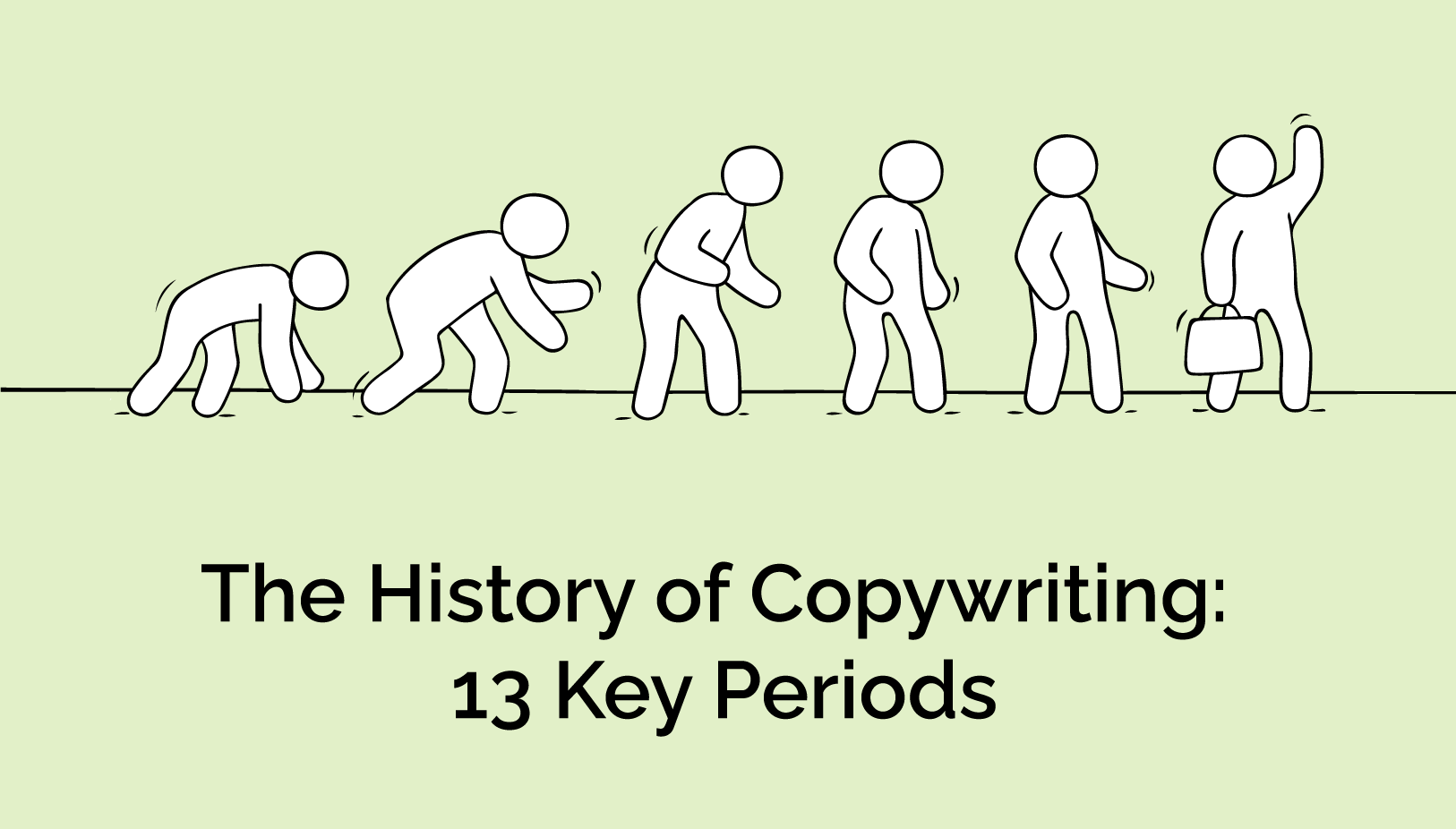
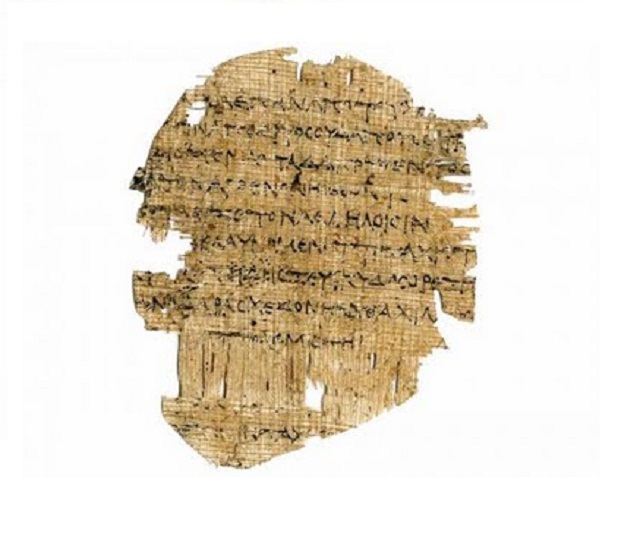
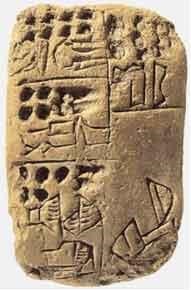
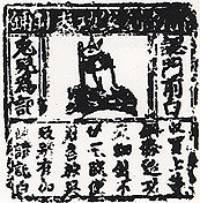
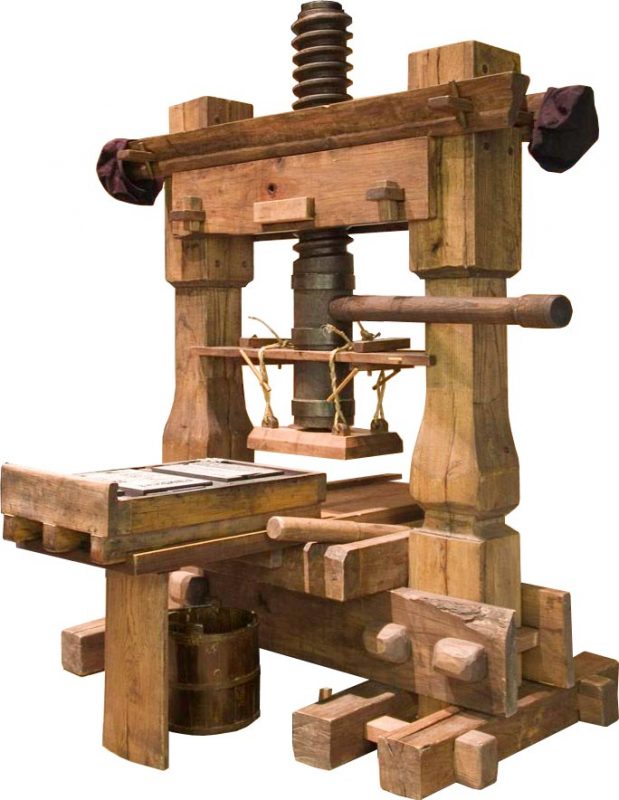
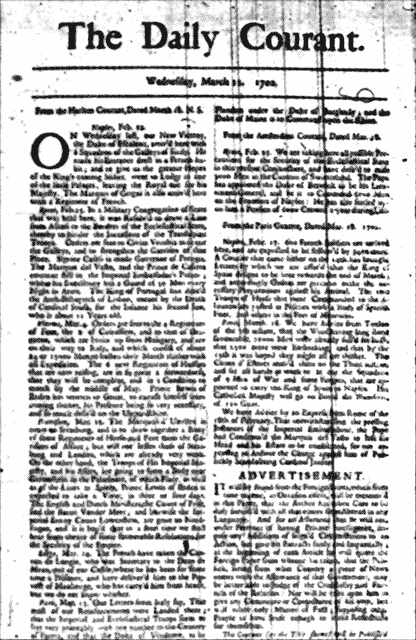
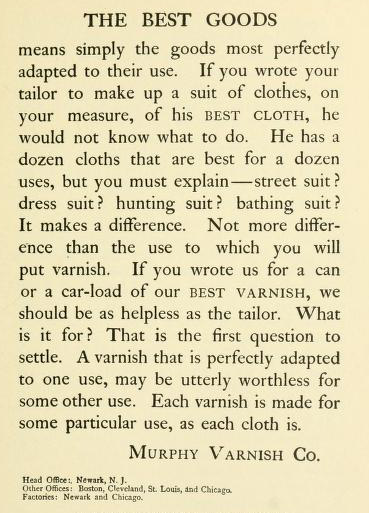
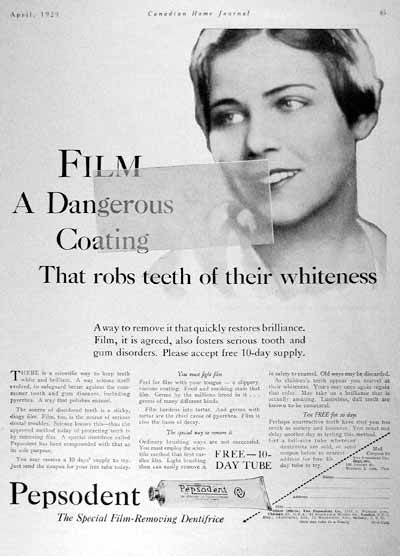
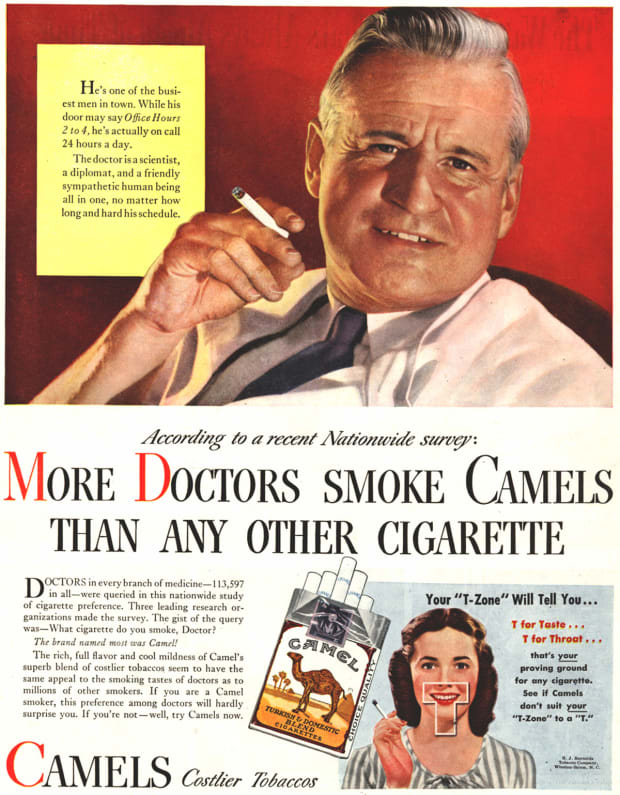
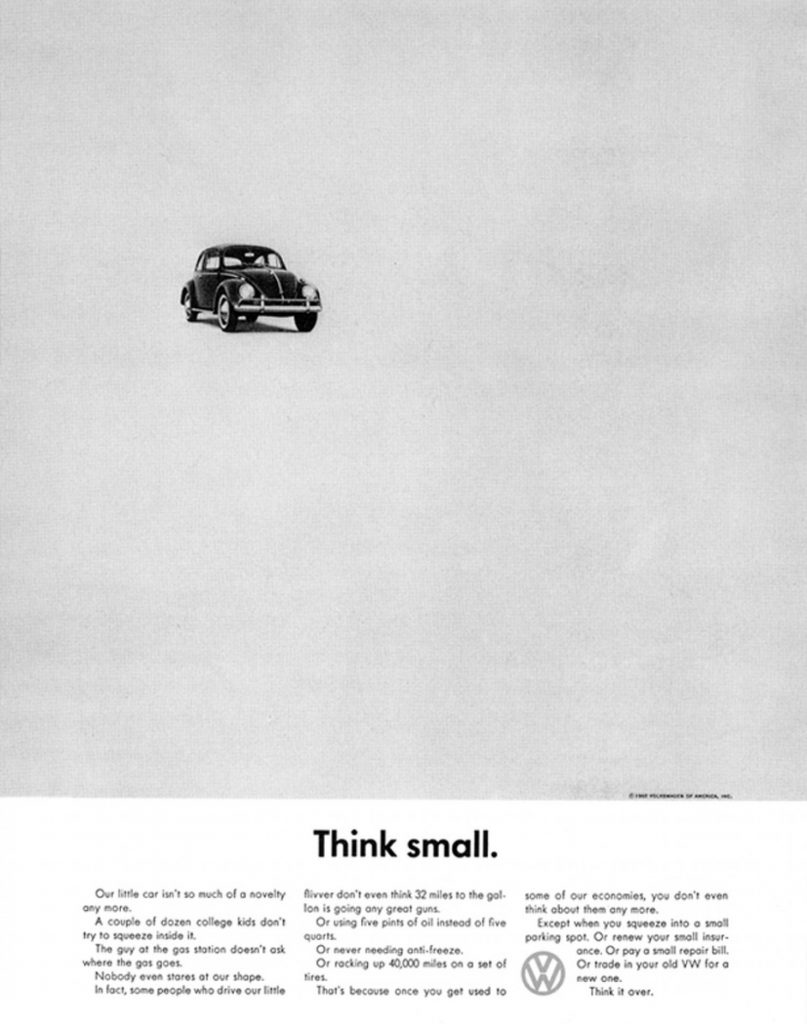
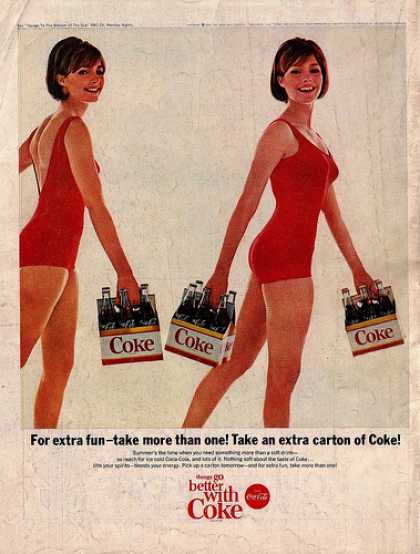

2 thoughts on “The History of Copywriting: 13 Key Periods”